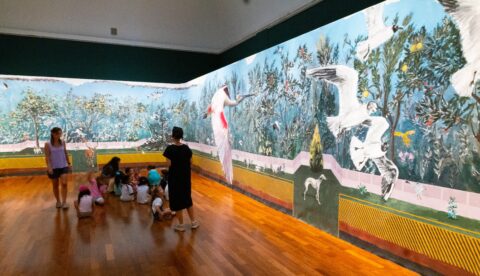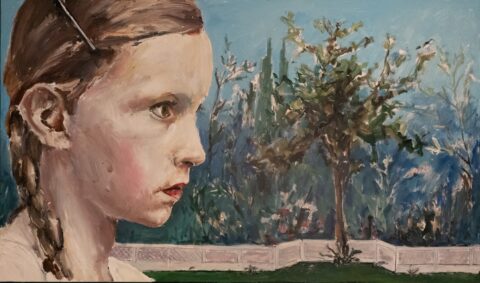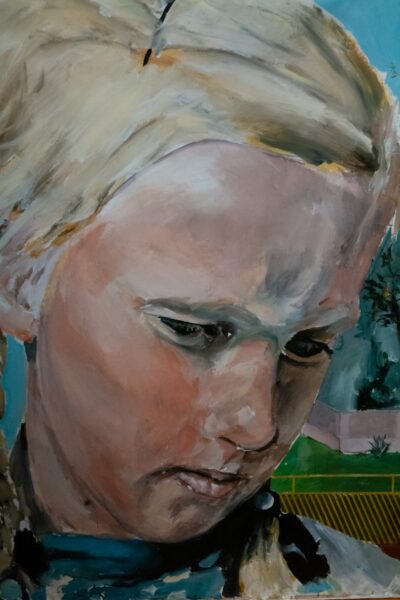Santiago Ydáñez at the Museo de Bellas Artes de Valencia
https://museobellasartesvalencia.gva.es/es/inicio
This is a lovely museum and another in the network of exhibit spaces that is operated by the Valencia government that includes MuVim, L’ETNO and the Museum of Prehistory.
The museum is an art gallery founded in 1913 and housed in the St. Pius V Palace which was built in the 17th and 18th centuries. There are galleries that are dedicated to sculpture and art with the majority of the collection dating from the 14th through the 17th century. Many of the holdings are religious artworks.
 There is a lovely contemporary gallery and the current exhibit featuring the work of Spanish artist Santiago Ydáñez is nothing short of breathtaking.
There is a lovely contemporary gallery and the current exhibit featuring the work of Spanish artist Santiago Ydáñez is nothing short of breathtaking.
The work on display at the museum was grew from his residence at the Academy of Spain in Rome in 2017. The works is at once very modern and his style is distinctive with elements of impressionist style. He is truly a unique artist.
 Santiago Ydáñez is one of Spain’s most celebrated contemporary painters. His work is characterized by monumental, visceral portraits, animal motifs, and found-object interpretations, blurring the line between human emotion, primal instincts, and art history.
Santiago Ydáñez is one of Spain’s most celebrated contemporary painters. His work is characterized by monumental, visceral portraits, animal motifs, and found-object interpretations, blurring the line between human emotion, primal instincts, and art history.
The museum catalogue describes the works in the excerpt below but in no way does the description or the photos online do the installation justice. You really have to take the time and experience this for yourself.
The exhibit runs through August 31 and admission is free.
From the Catalogue
“a project deeply marked by his life experience between two worlds: Central Europe —Germanic, rational, somber— and the mediterranean —bright, exuberant, emotional—.
Taking as a starting point the frescoes of the garden of the Villa di Livia, preserved in the Palazzo Massimo, Ydáñez reinterprets this idylic natural setting from an intimate and poetic perspective, beyond the merely archeological or decorative. The piece is the first of a triptych and presents a reinvented garden, where the Mediterranean vegetation is populated with birds that do not belong to the classical Roman repertoire, but to the personal imaginary of the artist: The first birds he drew in his childhood, in his eagerness to classify them with a curious and non-artistic gaze, resurface here as a symbol of memory, of origin, of purity.
In the middle of the foliage, a blonde, melancholy female figure is inserted into the scene as a presence that evokes the loss of innocence. This figure, symbolically linked to the collective European trauma – the Second World War, genocide, racism of Nazism – acts as a hinge between the two worlds that the artist wants to unite: The weight of Central European history and the vitalist sensuality of the Mediterranean.”

